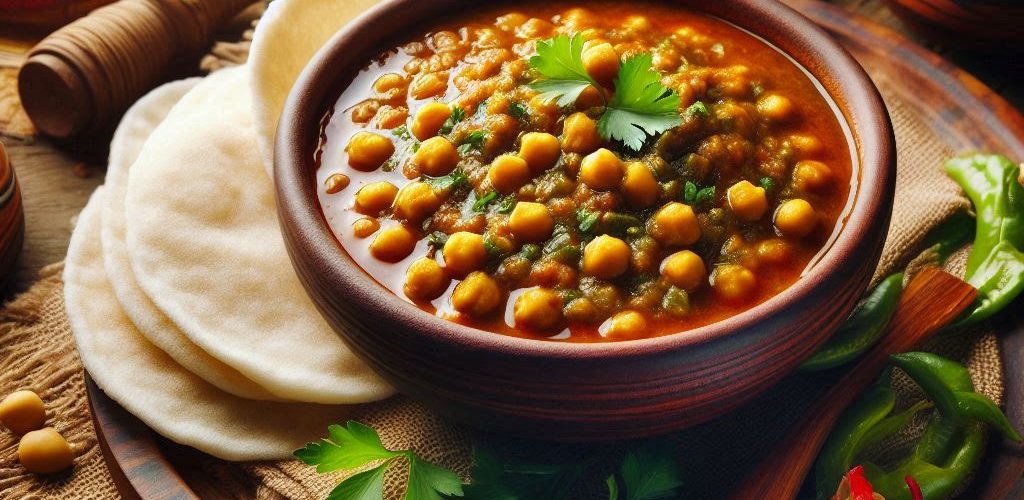Ethiopia is renowned for its rich culinary heritage, with a diverse array of flavors that reflect the country’s rich cultural tapestry. Among the many mouthwatering dishes that grace Ethiopian tables, one stands out for its texture, flavor, and nutritional value: EthiopiaShiro. This stew, made primarily from powdered chickpeas or broad bean meal, is a staple in Ethiopian cuisine and holds a special place in the hearts of many.
Ethiopian Shiro is not just a dish; it is a testament to the resourcefulness and creativity of Ethiopian cooking. Simple yet incredibly flavorful, Ethiopian Shiro serves as a perfect representation of how humble ingredients can be transformed into a fulfilling meal. The primary ingredient, powdered chickpeas or broad bean meal, serves as the base of the stew, offering a creamy texture that absorbs the aromatic spices and flavors that characterize Ethiopian cooking.
One of the remarkable aspects of Ethiopian Shiro is its versatility. The stew can be customized to accommodate a variety of tastes and dietary preferences. For those who appreciate a bit of spice, adding berbere–a traditional Ethiopian spice mix made with chili peppers, garlic, and various other spices–can elevate the dish to new heights. The balance of flavors can be further enhanced by incorporating onions, garlic, and tomatoes, which are often sautéed at the beginning to create a delicious base.
Ethiopian Shiro is not just a perfect embodiment of flavor; it is also packed with nutritional benefits. Chickpeas and broad beans are excellent sources of protein, making this stew a fantastic option for vegetarians and vegans. It’s also rich in fiber, which is beneficial for digestive health. Moreover, the use of high-quality spices not only enhances the taste but also contributes to the stew’s health benefits, with many spices containing anti-inflammatory properties.
Traditionally, Ethiopian Shiro is served with injera, a sourdough flatbread that is a staple of Ethiopian meals. Injera serves not only as a side but also as a utensil; diners tear off pieces of injera to scoop up the stew, making for a communal and interactive dining experience. This encourages togetherness and sharing, which are essential aspects of Ethiopian culture.
The dish is often enjoyed during fasting periods, when many Ethiopians adhere to a vegan diet. This highlights the adaptability of Ethiopian Shiro, as it remains satisfying and fulfilling even without animal products. Whether served during festive occasions or as a warm, comforting meal on a chilly day, Ethiopian Shiro is a dish that brings people together.
For those looking to try their hand at making Ethiopian Shiro at home, the process is relatively straightforward. By combining the powdered chickpeas or broad bean meal with water, spices, and sautéed vegetables, anyone can create a delicious stew in no time. Adjusting the spice levels to match personal preferences is part of the fun, allowing each cook to put their unique spin on this classic dish.
In conclusion, Ethiopian Shiro is more than just a simple stew; it is a flavorful, nutritious dish that embodies the heart and soul of Ethiopian cuisine. Its versatility, health benefits, and communal nature make it a timeless staple worth exploring for anyone eager to delve into the flavors of Ethiopia. Whether you’re a seasoned chef or a culinary novice, Ethiopian Shiro is a delightful dish that invites you to taste the tradition and culture of Ethiopia.




Add comment